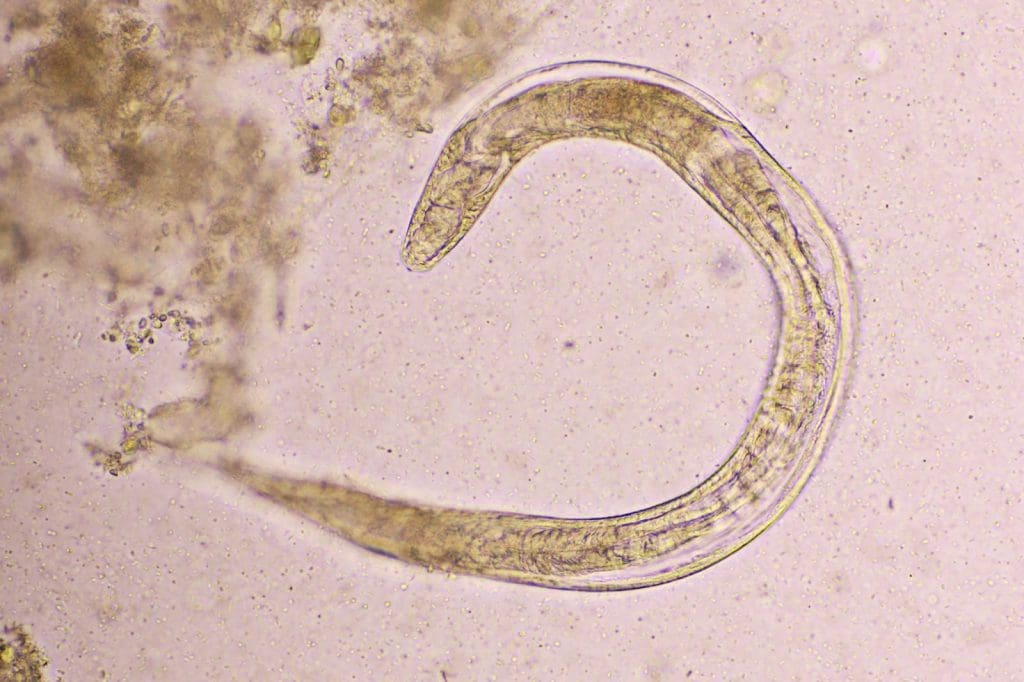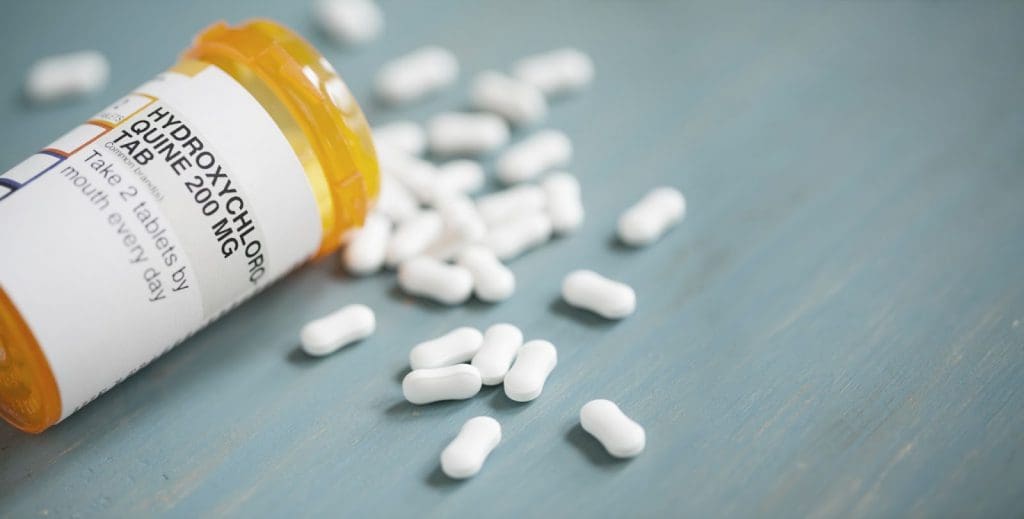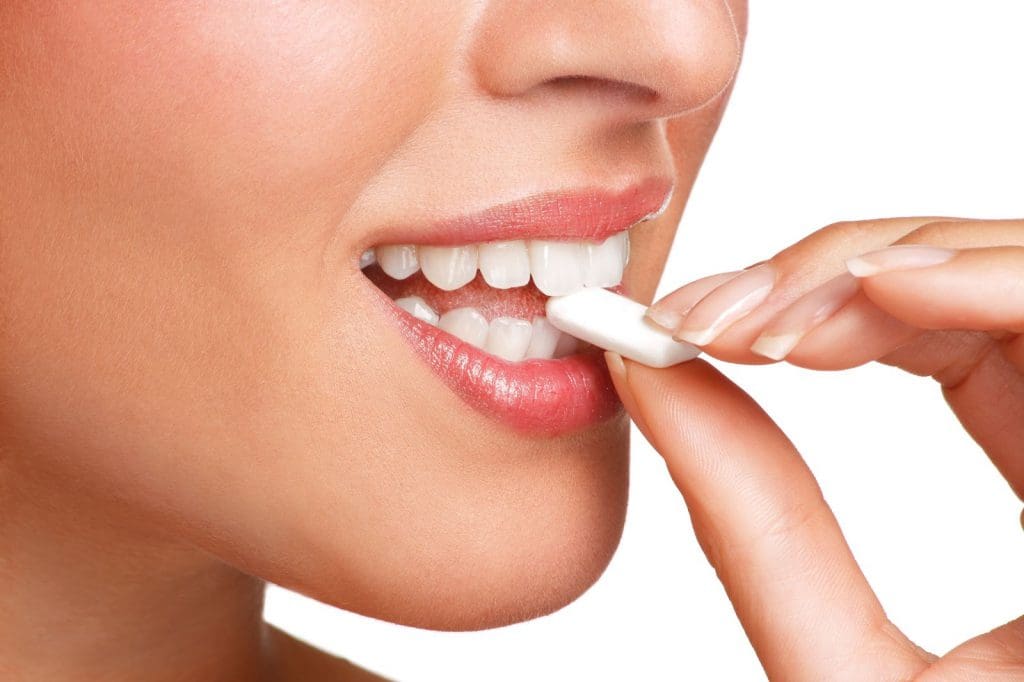
How did you prepare to battle COVID? Hoard toilet paper, stock up on groceries, and search treatments and preventatives on the ‘net until your fingers seized up from typing and swiping?
The internet, and even mainstream media, has been full of personal anecdotes and information about COVID-19 treatments that may not be the most effective choice, or which can even be downright dangerous depending on how they are being used. Even politicians and business people have jumped on board, such as those in Australia buying large quantities of hydroxychloroquine or who expressed their dismay that Ivermectin was not being used to routinely treat COVID patients locally.

In Part 1 of our series, we looked at the current treatments commonly used for COVID 19 at various stages of disease severity. In Part 2, we took a look at disease-modifying treatments that can be administered, and why some DMTs and DMARDs are not recommended for routine COVID treatment. We also looked at antivirals in Part 3 of our series, including three substances (Molnupiravir, Paxlovid, and thapsigargin) showing promise for treating COVID-19 infection. Now, in Part 4, we look at some of those widely-publicised treatments, how they work, and why they’ve been considered a potential treatment.
Ivermectin has been well-publicised as a prophylactic against COVID, as well as a treatment. The anti-parasitic drug has been available for decades and has traditionally been administered to livestock, whilst in humans its administration is typically for antiparasitic action – such as against scabies, intestinal threadworm, or parasites causing river blindness.

It usually makes quick work dispensing of worms by interfering with the muscle and nerve function of these pesky helminths. This is due to it binding to glutamate-gated chloride channels, which stops vital ions moving to where they are needed for nerve signals and muscle contractions to occur. While these particular ion channels are only found in invertebrates, they are closely related to mammalian glycine receptors. Studies have shown Ivermectin to have shown to halve the death rate in mice that had been given a fatal dose of lipopolysaccharide. It was then extrapolated that Ivermectin could prove useful for treatment in the event of a cytokine storm in humans – largely by activating glycine receptors on leukocytes and in vascular endothelium. While the exact mechanisms behind how Ivermectin may be helpful in the event of COVID (and subsequent cytokine storm) aren’t fully clear, some studies did find it helpful for some patients. However, it’s important to note the extrapolated doses from the aforementioned mouse experiment would see dosage rates in humans require 2-4 times the amount of Ivermectin usually safely administered for anti-parasitic treatment.
While other studies have also found Ivermectin possesses antiviral action against viruses such as Hendra, Zika and HIV, once again, this occurred at large concentrations and often in cell culture only – it could not be seen at safer doses in animal (or in some instances, human) models.
As such, this is not something you should be self-medicating with, and the use of Ivermectin for COVID-19 is still undergoing trials. While it might show some effectiveness as a treatment in the event of a cytokine storm, there appears to be little evidence of it being an effective preventative treatment against COVID, or for those with mild COVID. Dosage rates to achieve an effective response are much higher than recommended for common uses in existing conditions (such as anti-parasitic treatment), and could be very harmful if ingested without medical supervision, and for a condition it’s proven to be effective for. Already there have been reports of hospitalisations due to self-medication of Ivermectin. There have also been reports on the internet of people excreting what they refer to ‘rope worms’ following treatment – note these are not parasites or fragments of COVID virus, but are actually bits of intestinal lining that have sloughed off – by ruining the intestinal lining, those self-medicating with Ivermectin could be seriously damaging their body and putting themselves at risk of other dangerous conditions such as malnutrition. It’s also no use pestering your doctor (or vet for that matter) into prescribing Ivermectin should you wish to prevent or treat mild COVID, as due to misinformation there is a shortage of this medication available, and strict prescribing conditions have now been introduced, meaning Ivermectin can only be prescribed for specified conditions, or by medical professionals working in limited specialities.
Hydroxychloroquine and Chloroquine are considered DMTs and are effective treatments for malaria and a number of autoimmune conditions such as lupus (SLE) and rheumatoid arthritis. The science has been less clear-cut for their use as a treatment in COVID, though it has finally been determined the drug is not helpful for COVID patients.

Some studies have found conflicting information surrounding the efficacy of these drugs. They are weak bases, as such it’s been postulated that it might alter the pH of mucosa in the lung alveolae. This then stops the COVID viral particles replicating by altering COVID spike protein and ACE2 receptor glycosylation.
As immunomodulatory drugs, researchers have investigated the role of hydroxychloroquine and chloroquine individually or in combination with antivirals for battling COVID. However, since being identified earlier in the pandemic as a possible treatment, research and many trials have been carried out to gauge the effectiveness of hydroxychloroquine to combat COVID. Ultimately, this research has found DMARDs such as these have not been effective for reducing rates of death, hospitalisation or need for ventilation in COVID patients, and may in fact increase the risk of patients experiencing adverse events. As such, hydroxychloroquine is no longer being assessed as a potential COVID-19 treatment.

Penn State researchers have developed what is perhaps a more novel approach to fighting COVID – chewing gum. One of the newer treatments to be popularised, the chewing gum aims to make it easier to prevent the spread of COVID. SARS-CoV-2 replicates in the salivary glands, and then when someone coughs, sneezes, or even sings, viral particles are expelled. By reducing the amount of virus present in the mouth, the risk of transmission is lessened.
While it sounds like something magical you might pluck from the factory of Willy Wonka, the gum works against COVID due to it being chock-full of plant-derived CTB-ACE2 proteins. These proteins ‘trap’ COVID viral particles, with research showing the viral load in saliva samples was reduced by 95% after being treated with the gum. Even better, the gum can have a
While the gum is still at very early stages and has primarily been investigated in in-vitro research settings, researchers have undertaken tests that indicate the chewing motion the gum would experience inside a human mouth should not affect its effectiveness.
It could be a helpful tool for lowering the risk of COVID transmission, particularly in higher-risk settings such as dental check-ups where masks must be removed and the COVID status of the patient is unknown.

Before you go rushing out to look online for places to buy these treatments, keep in mind they are not all effective, some are still in trial, and can also cause health issues or even death at the wrong dose.
It’s vital to follow the advice of your treating healthcare professional, as the best treatment for you is the one that best suits your current health status and which stage of disease progression you are at if you’ve been unlucky enough to catch COVID.
As research into COVID and potential treatments continue, treatment regimes may change – so it’s best to follow the advice of healthcare professionals. Currently, getting vaccinated and keeping up good hygiene measures like washing hands, wearing masks, and staying home if you are feeling under the weather, remains the best plan for preventing COVID transmission and landing yourself in hospital if you do catch it.
If you’d like to find out more about current COVID treatment regimes, take a look at Part 1 of our blog series. For more detail on DMTs like Sotrovimab and antivirals like Molnupiravir and Paxlovid that are currently, or will potentially be, used in the fight against COVID, read Part 2 and 3 of our blog series.
If you have any questions about COVID-19, pathogens, or vaccines, or would like advice on safely handling hazardous substances, please contact the Chemwatch team today. Our friendly and experienced staff draws on years of experience to offer the latest industry advice on how to stay safe and comply with Health and Safety regulations.
Sources: